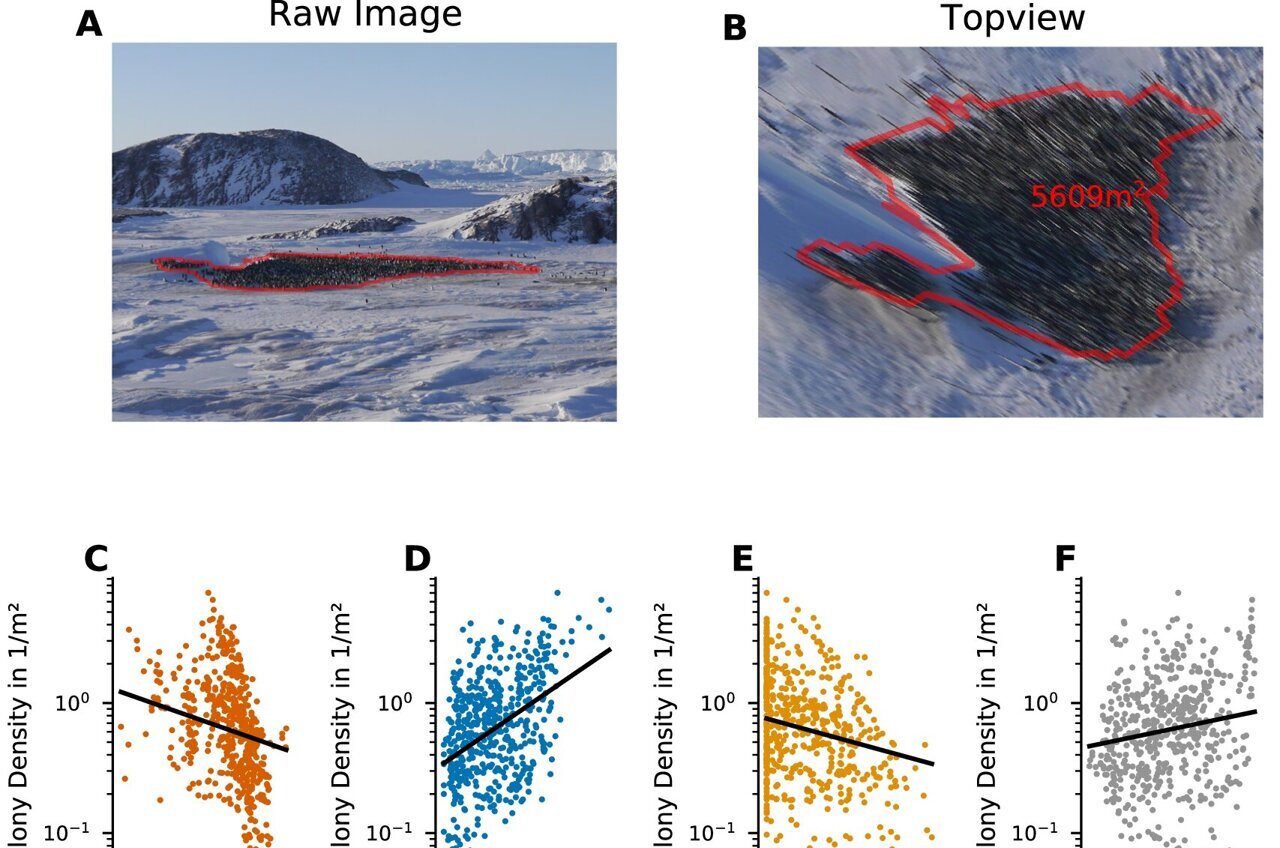Investigating Emperor Penguin Population in Antarctica
Emperor penguins, the largest of all penguins, are facing endangerment. To protect this species, scientists are closely monitoring their numbers in Antarctica and studying the factors that affect their population. A recent study led by researchers at Friedrich-Alexander-Universität Erlangen-Nürnberg (FAU) has developed a method to predict the number of breeding pairs and chicks, serving as an early warning system for climate change in the Antarctic Ocean.
The traditional method of monitoring emperor penguin populations using satellite imagery has limitations due to the harsh and remote environment of Antarctica. The new approach combines satellite imagery with phenological and behavioral models to provide more accurate population estimates. By considering seasonal occurrences and penguin behavior, researchers can now deduce the number of penguins in a colony more precisely.
Lead author Alexander Winterl highlights the importance of this research in understanding the effects of climate change on the Southern Ocean. With the rapid retreat of ice in Antarctica, the livelihoods of emperor penguins are at risk. Without significant reductions in greenhouse gas emissions, over 90% of emperor penguin colonies could disappear by 2100.
The study, published in Nature Communications, emphasizes the need for precise population data to protect the emperor penguin species and raise awareness about the impacts of climate change on the Southern Ocean. This research serves as a crucial step towards ensuring the survival of emperor penguins in their natural habitat.
Monitoring Emperor Penguin Behavior
The study conducted by researchers at FAU and WHOI utilizes satellite imagery and behavioral models to monitor emperor penguin populations in Antarctica. By understanding the behavior of these penguins, such as the incubation process and response to temperature changes, researchers can predict colony sizes more accurately. The combination of satellite data with behavioral insights offers a comprehensive approach to studying emperor penguins in their natural habitat.
Lead author Alexander Winterl emphasizes the importance of this research in providing early warnings for climate change impacts in the Antarctic Ocean. With the threat of habitat loss due to melting ice, monitoring emperor penguin populations is crucial for conservation efforts. By analyzing trends and fluctuations in population data, researchers can gain valuable insights into the health of the Southern Ocean ecosystem.
Protecting Emperor Penguins in Antarctica
The research on emperor penguin populations in Antarctica serves as a critical step towards conservation and climate change mitigation. By developing innovative methods to monitor penguin colonies and predict breeding success, scientists are paving the way for effective conservation strategies. The findings of this study, published in Nature Communications, highlight the urgency of protecting emperor penguins and their habitat from the impacts of climate change.
As we strive to safeguard the biodiversity of the Southern Ocean, understanding the factors affecting emperor penguin populations is essential. By combining scientific research with conservation efforts, we can work towards preserving this iconic species for future generations. The study underscores the need for immediate action to address the threats facing emperor penguins in Antarctica and ensure their survival in the face of environmental challenges.




